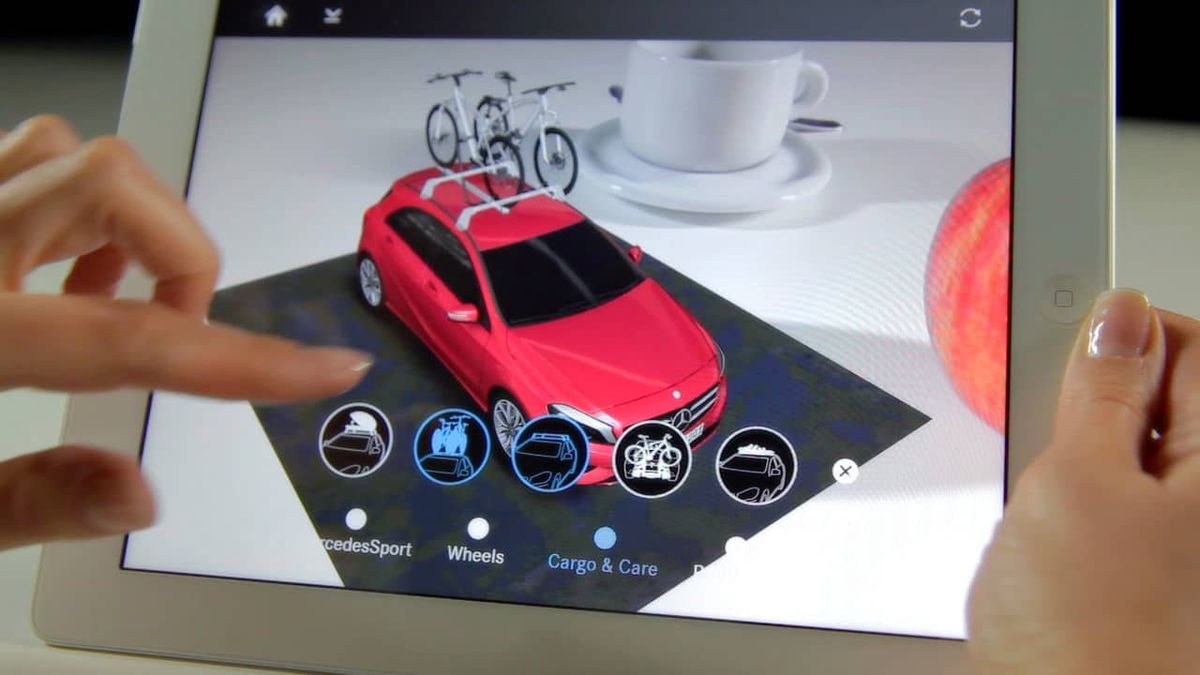Let’s be real — cars are expensive. Not just to buy, but to keep alive. You think you’re done once you make the down payment, but then boom — oil leaks, weird engine sounds, check engine lights that might as well stay on permanently.
But what if you could skip the drama? Some cars just get it right — solid engines, fewer repairs, no drama. Others? Well, they’ll chew through your wallet like it’s a buffet.
In this list, we’re laying it all out. Five cars with engines so reliable they’re practically allergic to the repair shop. These are the kinds of cars you can drive for 200,000+ miles and still not hear a peep from under the hood.
But it wouldn’t be fair if we didn’t also name and shame the biggest money pits — cars that look great at first but age like milk and make mechanics rich.
5 Cars With Virtually Maintenance-Free Engines
So, before you get suckered into a flashy test drive or a deal that’s too good to be true, check this list. Whether you’re hunting for a used car or trying not to repeat your last financial mistake on wheels, this list might save you thousands — and a lot of unnecessary rage.
1. Toyota Corolla (2009–2022)
The Toyota Corolla is like that quiet, dependable friend who never asks for much — just some fuel and the occasional oil change. Its 1.8L four-cylinder engine is a masterclass in long-term reliability. No, it’s not flashy, and it won’t win you drag races, but it will easily push past 300,000 miles with basic maintenance.
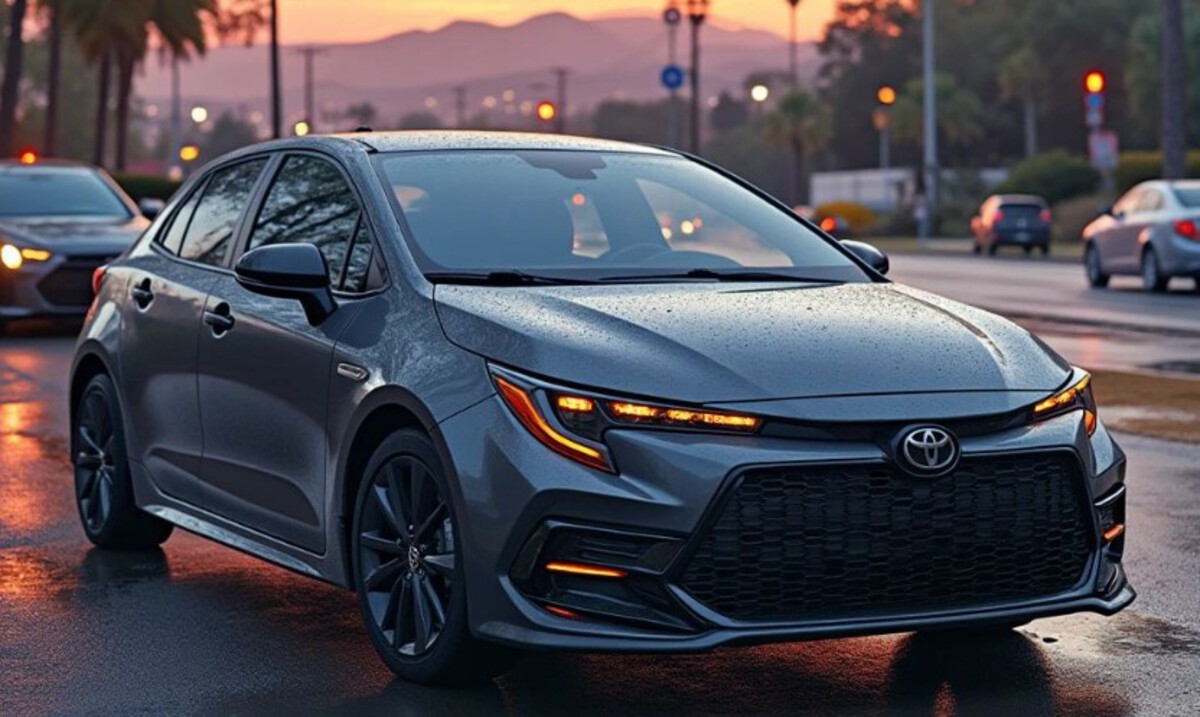
The real magic here is Toyota’s relentless focus on simplicity and consistency. This engine isn’t over-engineered or packed with experimental tech. It’s been perfected over decades, which means fewer moving parts that break, fewer recalls, and minimal maintenance headaches. Valve train? Bulletproof. Timing chain? Lasts forever. Transmission? Smooth and built to match.
You’ll rarely hear of blown head gaskets or oil-burning issues with this car, especially if you’re not abusing it. Even DIYers love it — spark plugs and filters are easily accessible.
Toyota knew what it was doing with the Corolla, and that’s why it shows up again and again in high-mileage car rankings. If you want a stress-free commute without forking over cash every few months for surprise repairs, this is your safe bet.
ALSO READ: Why Some Engines Were Designed to Break (And Others Never Do)
2. Honda Civic (2012–2019)
The Civic has been a go-to for decades, and the 2012–2019 models are especially known for being rock-solid. The naturally aspirated 2.0L and 1.8L engines used during these years are nearly impossible to kill. Forget turbochargers and complicated tech — this is basic engine goodness that lasts forever.
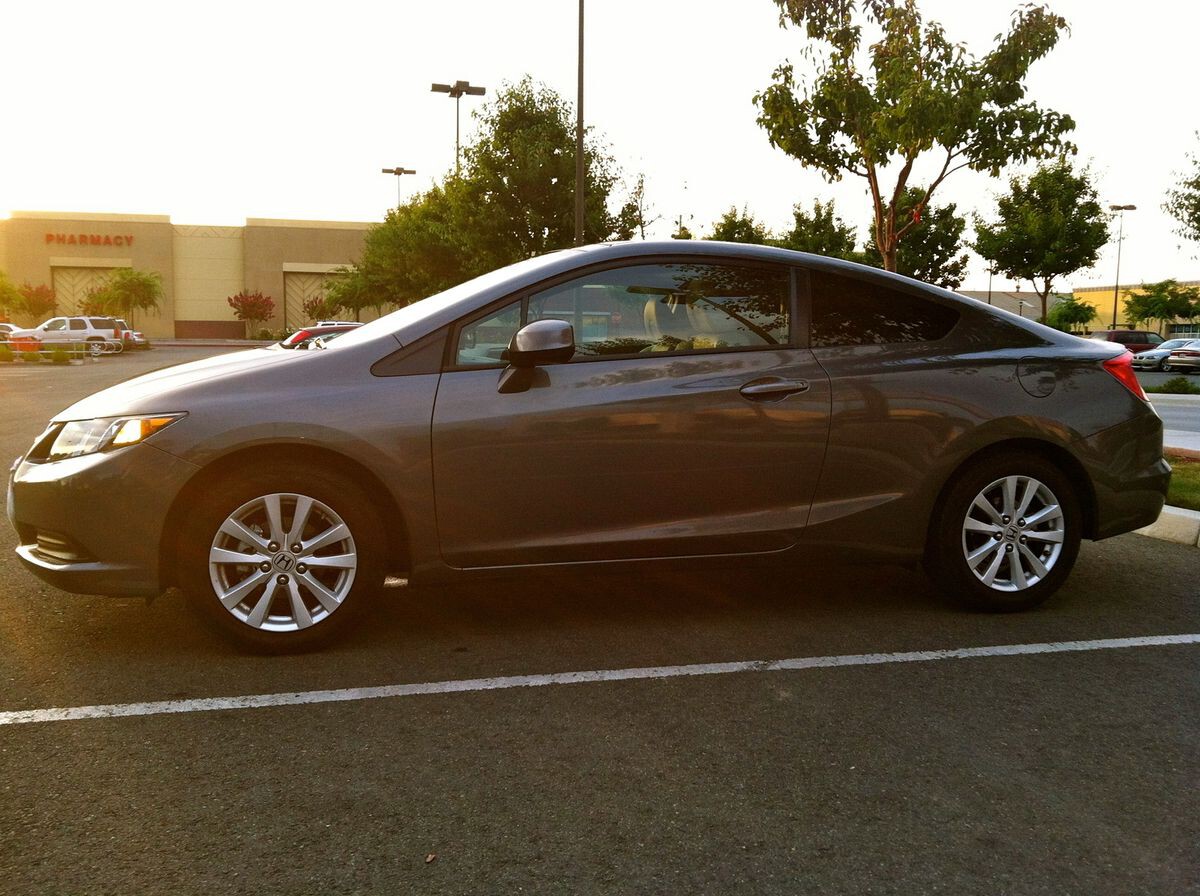
Honda engines are designed with a balance of performance and durability. The VTEC system, while a bit flashy in marketing, is incredibly reliable when used correctly. These Civics can eat up miles with ease, and most issues people run into (like CVT weirdness or minor suspension wear) aren’t engine-related.
Even if you forget a few oil changes (not that we recommend it), the Civic engine will keep chugging. It doesn’t overheat easily, has minimal carbon buildup problems, and uses high-quality internal components. Mechanics often say, “If it’s a Civic, it’s probably fine.” That tells you everything you need to know.
3. Lexus ES350 (2010–2018)
Lexus is just Toyota in a tuxedo, and the ES350 is proof that you can have luxury without the maintenance drama. Its 3.5L V6 engine is essentially the same workhorse found in the Camry and Highlander, only smoother and quieter. It’s over-engineered to outlast everything else in its class.
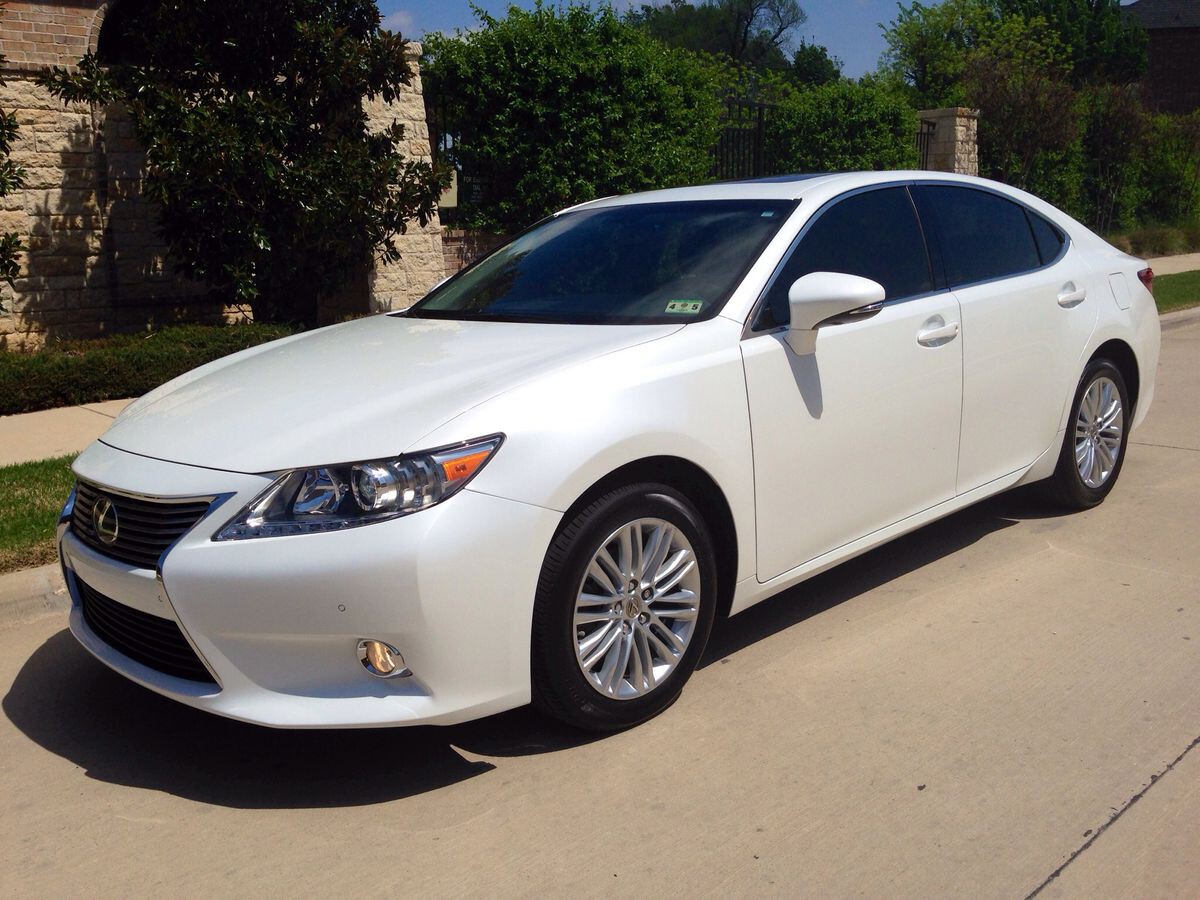
This engine doesn’t just run, it glides. There’s virtually no turbocharging to complicate things, and with proper oil changes, it’ll outlast the car itself. Timing chains instead of belts, smart engine cooling, and conservative power output all help this V6 stay healthy. It doesn’t try to impress you with gimmicks. It just works.
The ES350 is particularly loved by people who don’t want to worry about repairs but still want a classy ride. Even 10-year-old models are running like new, and owners regularly brag about 200,000-mile milestones with original engines and transmissions. If you’re looking for premium without the price tag down the road, this is your guy.
4. Mazda MX-5 Miata (2006–2015)
Surprised? A sporty car with a reliable engine? Yep — the Miata is one of the rare performance-oriented cars that doesn’t require weekly pit stops at the mechanic. The 2.0L four-cylinder engine in the NC generation is practically overbuilt for what the car demands.

You’d expect a small roadster to have problems over time — maybe overheating or expensive timing issues — but nope. The Miata’s engine is delightfully simple, easy to work on, and highly resistant to wear. Even people who beat on them in autocross events report minimal issues after years of hard driving.
Plus, parts are cheap. Oil changes are easy. Spark plug access? A dream. It’s as close to “set it and forget it” as a sports car gets. Enthusiasts call it the “cockroach of sports cars” because you can’t kill it. If you want fun and peace of mind, the Miata nails both.
5. Subaru Outback (2015–2019, 3.6R Engine Only)
Subaru engines have had a rocky history, especially the older 2.5L flat-fours with their love for blown head gaskets. But the 3.6L six-cylinder engine in the Outback 3.6R? That’s a whole different story.
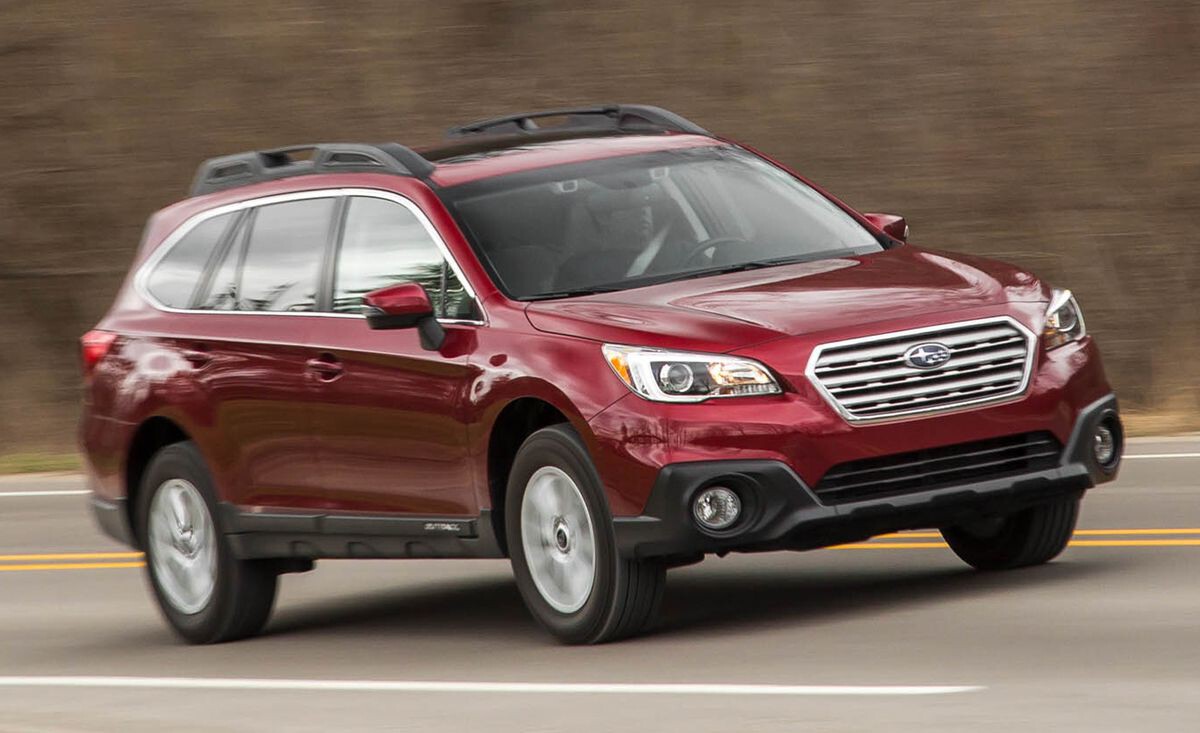
This engine is smooth, powerful, and most importantly, incredibly durable. It ditches the head gasket drama of the 4-cylinder Subarus and instead offers a more refined, low-maintenance experience. There’s no turbo, no weird direct injection issues, and no catastrophic timing belt failures lurking in the shadows.
This Outback is also one of the few AWD wagons that balances utility with reliability. As long as you keep up with the basics — oil changes, fluid checks — you’re in for years of quiet, competent driving. Just avoid the 4-cylinder version if you’re looking for hassle-free reliability.
5 Constant Money Pits
Some cars don’t just drain your gas tank—they drain your wallet. From never-ending repairs to sky-high maintenance costs, a few models are notorious for being constant money pits. These are the vehicles that look good at first glance but end up costing far more than they’re worth over time.
Whether it’s unreliable parts, expensive service requirements, or chronic mechanical issues, these cars have earned their reputation the hard way. In this article, we’re breaking down five of the worst offenders so you know exactly what to avoid if you want to keep your bank account intact.
1. BMW 5 Series (2011–2016, especially the 535i)
Let’s just say it: BMWs are expensive to keep running. The 535i from this era, with its turbocharged inline-six, loves breaking things. High-pressure fuel pumps? Fail often. Turbo seals? Leak like crazy. Carbon buildup? Inevitable. Cooling systems? Fragile and overly complex.
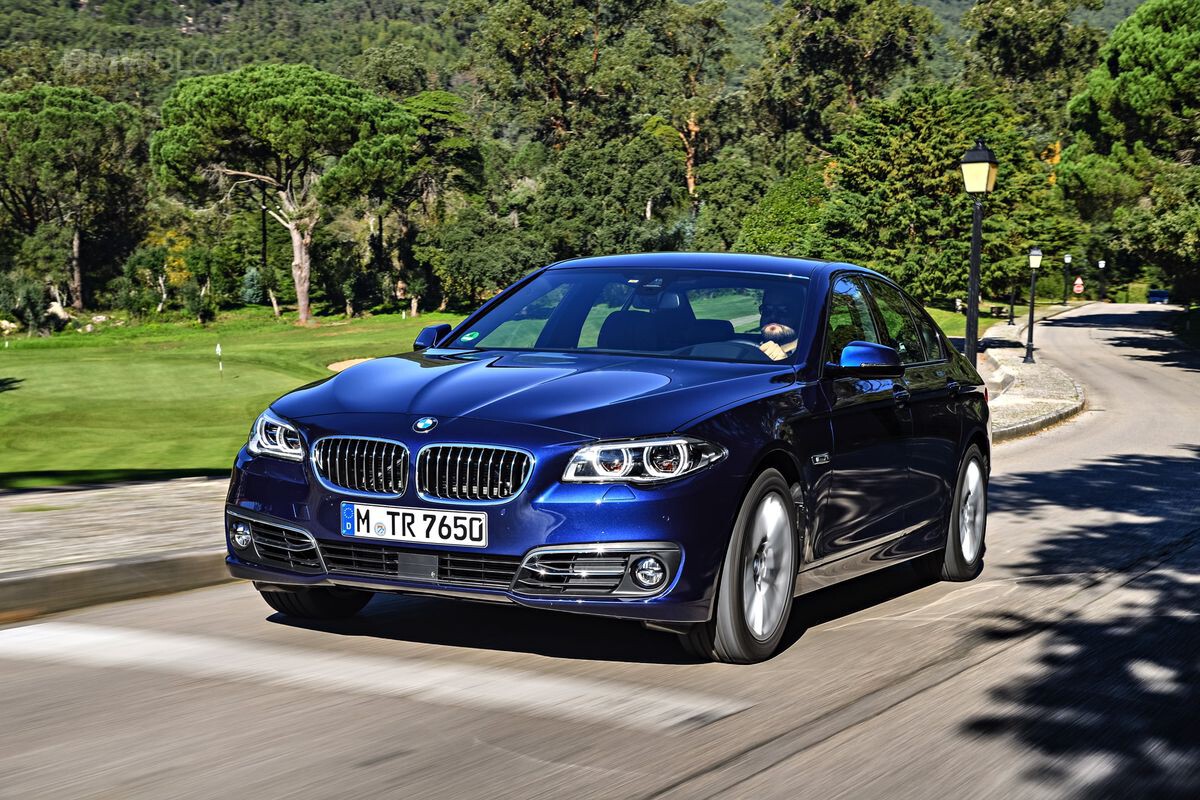
Sure, it drives great, but owning one out of warranty is like dating someone who’s charming but emotionally unstable — fun until you’re drained. Parts are pricey, labor is worse, and you’ll probably befriend your mechanic whether you want to or not.
ALSO READ: Engines That Can Run for 500 Hours Without an Oil Change
2. Range Rover Evoque (2012–2018)
Looks like money. Bleeds money. The Evoque’s 2.0L turbo engine is notorious for overheating, oil leaks, and timing chain tensioner failures. Add in electrical gremlins, random dashboard errors, and air suspension that collapses overnight — and you’ve got a high-end headache on wheels.
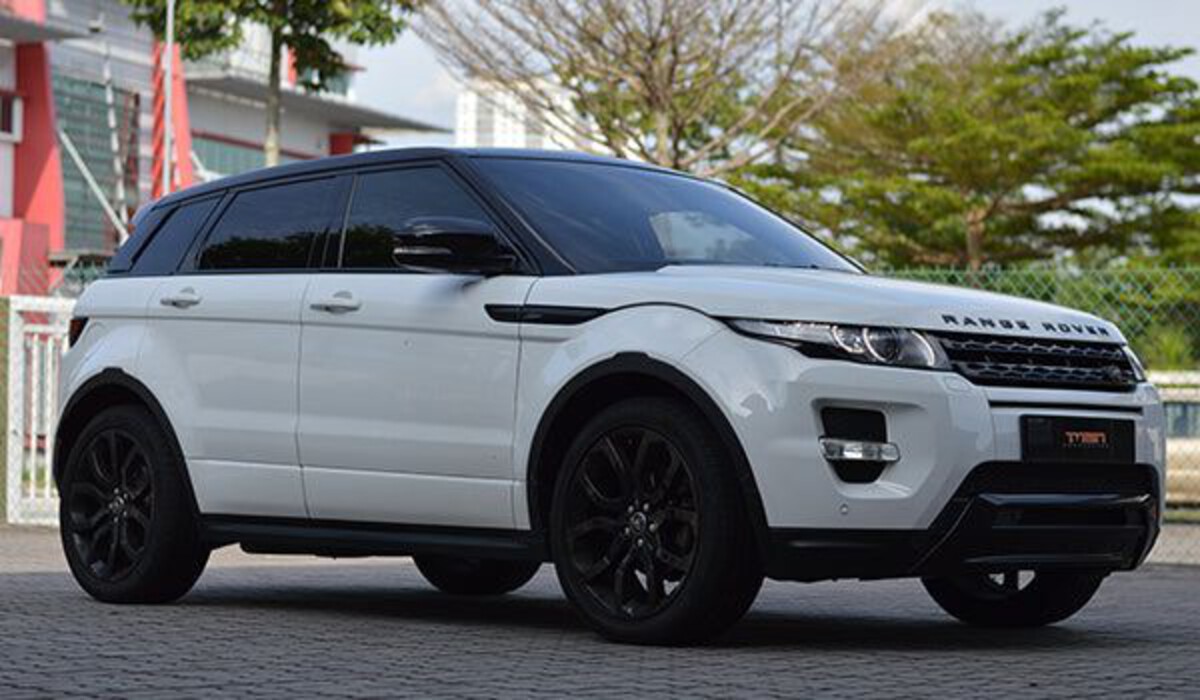
Even regular services cost more than most people’s car payments. You’re not buying reliability here — just a badge and regret. Ask any ex-owner, and you’ll get the same response: “Never again.”
3. Mini Cooper S (2007–2015)
These little things are cute and zippy — until they start falling apart. The turbocharged 1.6L engine in the Cooper S has a reputation for being a maintenance nightmare. Timing chain rattle? Super common. Turbo failures? Not rare. Thermostat housings? Leak like a sieve.
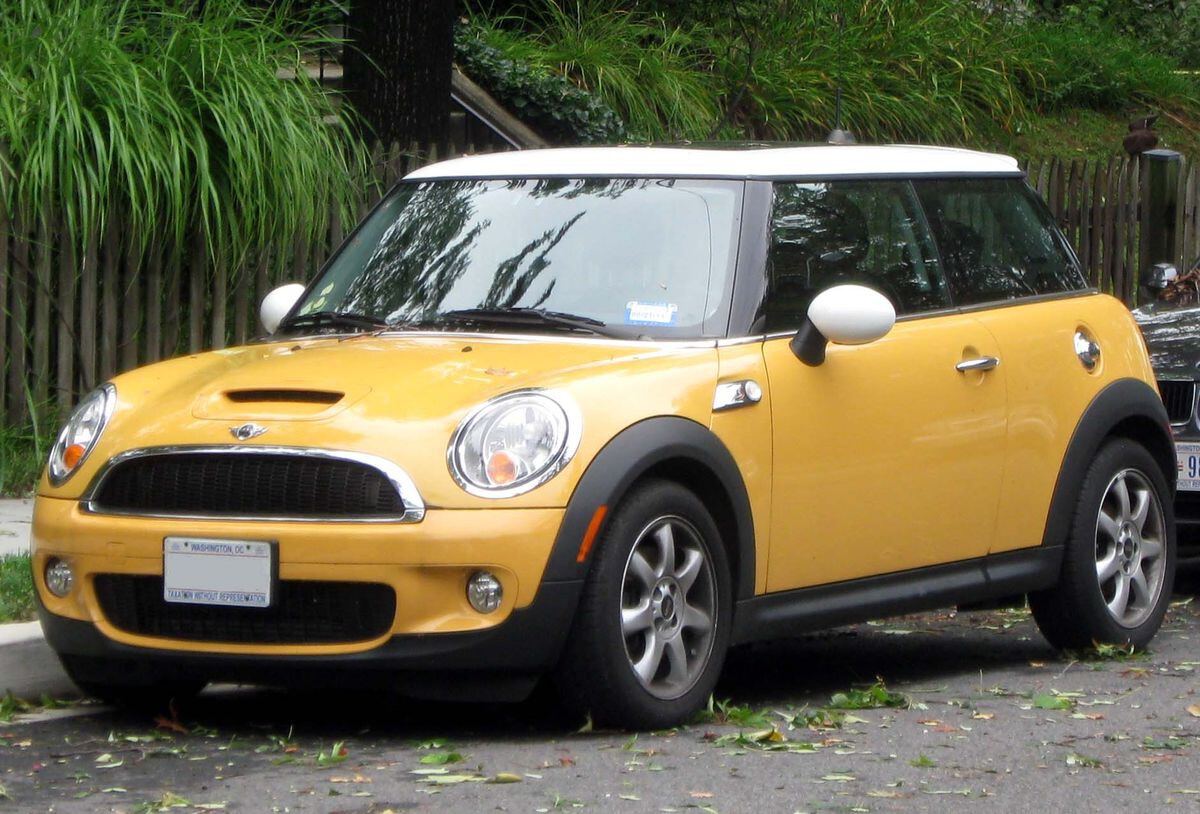
Oh, and when something breaks, you’re looking at luxury labor rates and parts that seem small but cost big. It’s not just engine trouble either — electronics, power steering, and suspension issues are common too. Basically, the only thing mini about this car is your bank balance after a few years.
4. Audi A4 (2009–2016, 2.0T Engine)
Audi’s 2.0T engine should come with a warning label. Oil consumption issues are rampant, with some owners reporting the need to top off oil weekly. Timing chain tensioners fail without much warning, leading to full engine replacements. Water pumps and PCV valves are frequent offenders, too.
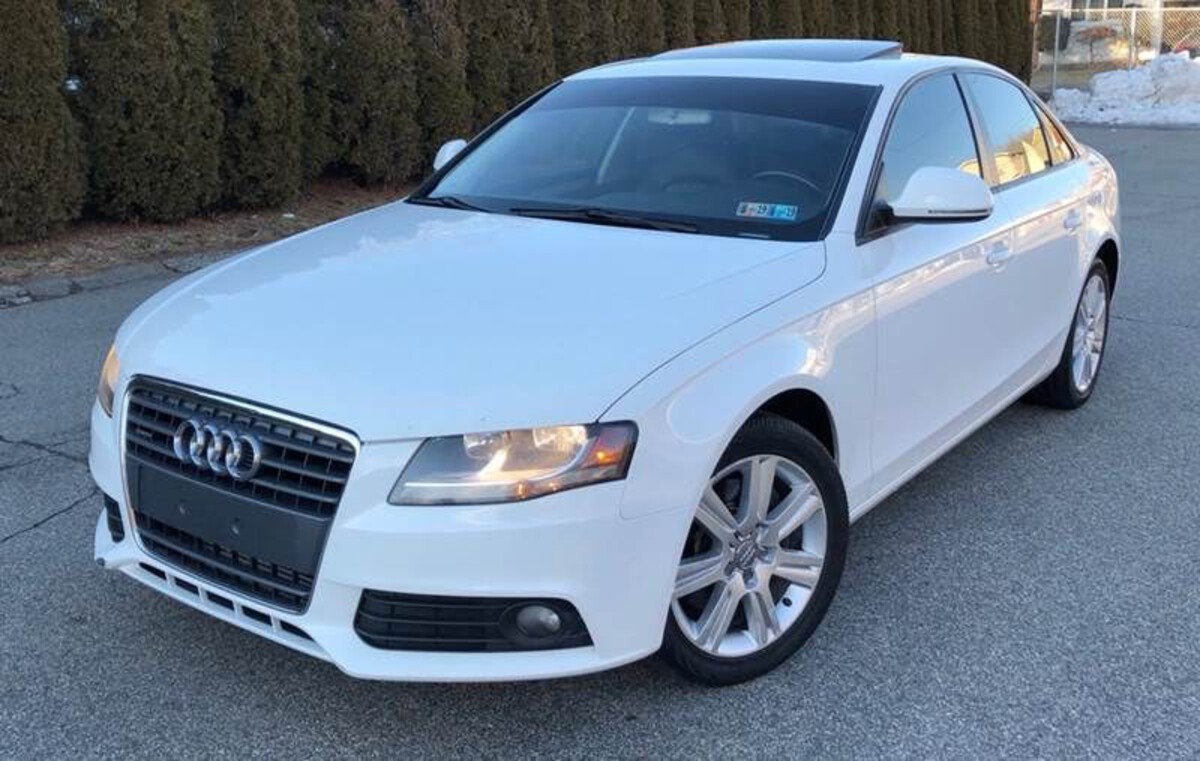
You’ll pay a premium for German engineering, but all you’ll really get is a crash course in why people say “never own an Audi out of warranty.” It’s fast, yes. But so is your money disappearing.
5. Chrysler 200 (2011–2014)
This one’s just bad. Chrysler tried to make a mid-size sedan work, but between the weak 2.4L engine and the unpredictable transmission, they fell flat. The engine is underpowered and prone to overheating, while the electronics are glitchy, and the build quality is just sad.
Transmission failures are frequent and costly, often occurring just outside warranty. Even basic repairs feel overpriced for what you’re getting. Most mechanics shake their heads when they see a Chrysler 200 pull in. Avoid it unless you’re into engine roulette.
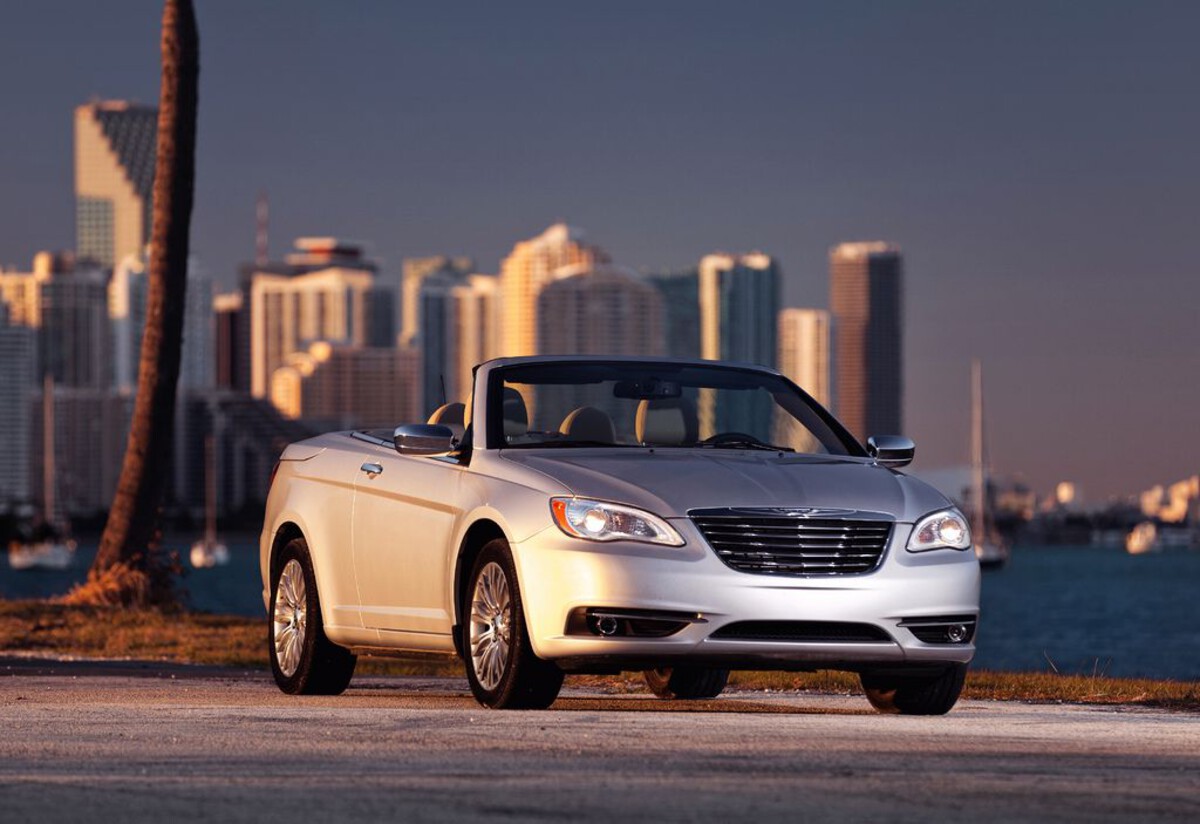
Some cars are built to go the distance — no drama, no fuss, just simple, reliable engineering that holds up for hundreds of thousands of miles. Others? They make you wish you’d just walked instead.
The key difference usually lies in how complex (or overly fancy) the engine and related systems are. Brands like Toyota, Honda, and Mazda focus on long-term usability over fancy gimmicks, which shows in how few problems their engines have.
On the flip side, many of the so-called “luxury” or trendy cars come loaded with tech that sounds cool until it starts breaking — usually just after the warranty ends. Turbochargers, overly complex electronics, and cost-cutting in manufacturing create a perfect storm for endless repairs.
If you’re thinking long-term — and honestly, who isn’t with today’s car prices — you’re better off choosing something that’s been tested, trusted, and praised by people who’ve racked up 200K+ miles. Don’t fall for the badge or the fancy lights. Fall for the engine that doesn’t care about impressing you — it just works.
Choose smart, and your car won’t just get you from A to B. It’ll do it for years, without draining your bank account or your patience.

